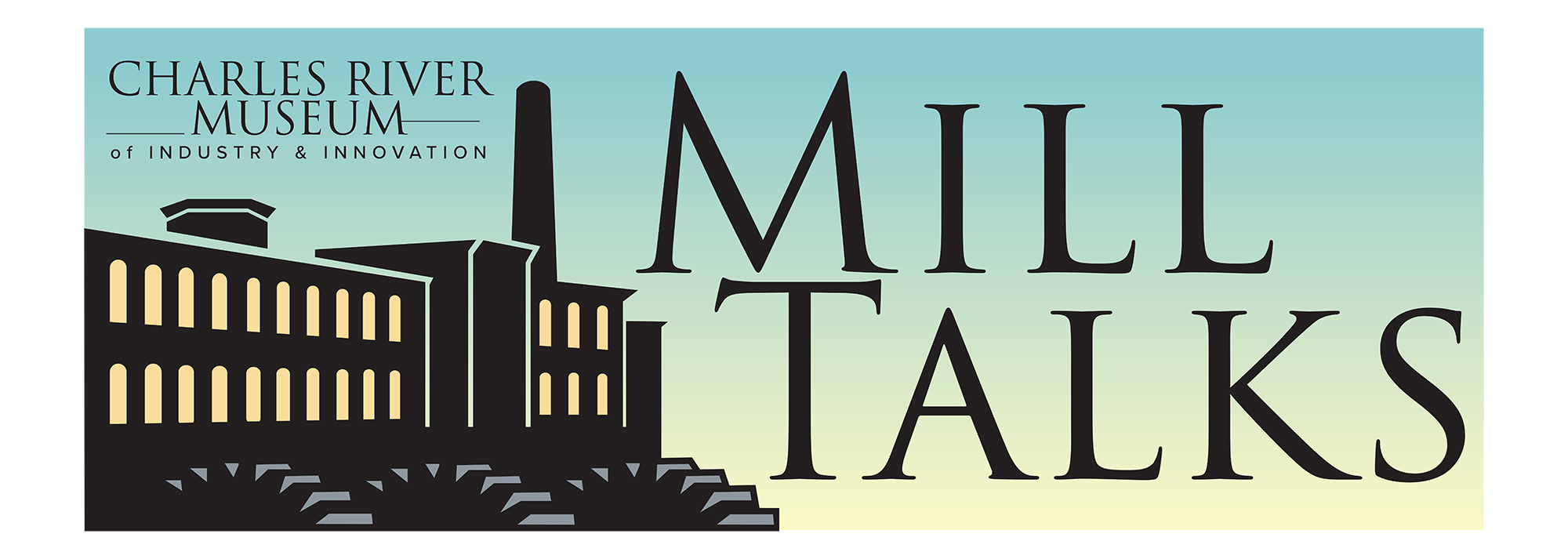Lowell Lecture
MILL TALK: "Hydro and Steam Power for Mills from 1840 to 1920"
Date & Time
Oct. 22, 2019 at 7 p.m. - 8:30 p.m.
Location
Charles River Museum of Industry and Innovation
Located in the Historic Francis Cabot Lowell Mill
Park in the Embassy Theatre Lot — GPS "42 Cooper Street, Waltham"
154 Moody Street Waltham, MA 02453
Driving Directions
Speaker(s)
Robert W. Timmerman, P.E.
Presenting Organization
Charles River Museum of Industry and Innovation
Topics
Contact
Bob Perry (director@charlesrivermuseum.org, 7818935410 x101)
This talk will discuss developments in hydro and steam power production, and transmission of power for mills in the time period from 1840 until 1920. In this period, water wheels gave way to water turbines of increasing sophistication, while the simple steam engine was superseded by the Corliss type, which in turn was partially supplanted by the high-speed engine, and all reciprocating engines were superseded by steam turbines. Line shafts for power transmission were superseded by electric motors, both driving small line shafts driving groups of machines, and individual electric motors on each machine.
The talk will cover developments in industry as a whole, and will cover specific items in the Charles River Museum of Industry and Innovation collection, as well as what we know about the machinery that powered the Boston Manufacturing Company in Waltham.
Robert Timmerman holds Bachelor of Science and Master of Engineering degrees from Cornell University, both in Mechanical Engineering. He is a Registered Professional Engineer in Massachusetts, New Jersey, and Pennsylvania, and holds 3 U.S. Patents on innovations in recycling the reject heat from power plants. He has over 40 years’ experience in energy engineering.
Mr. Timmerman is a member of the Society for Industrial Archaeology and has prepared an analysis of sewer pumping plants in Boston for the History and Heritage document of the Boston Section of the American Society of Mechanical Engineers. In that analysis, he studied the conditions prevailing when the separate sewer systems were built in 1903, and reverse engineered the design of the pumping plants, to explain why two pumping systems would use two different types of pumps from the same manufacturer (E.P. Allis Co. of Milwaukee) purchased in the same year. In analyzing artifacts or whole systems, he takes the point of view of the engineer, and attempts to understand the design decisions that were made to create that particular object or system.
